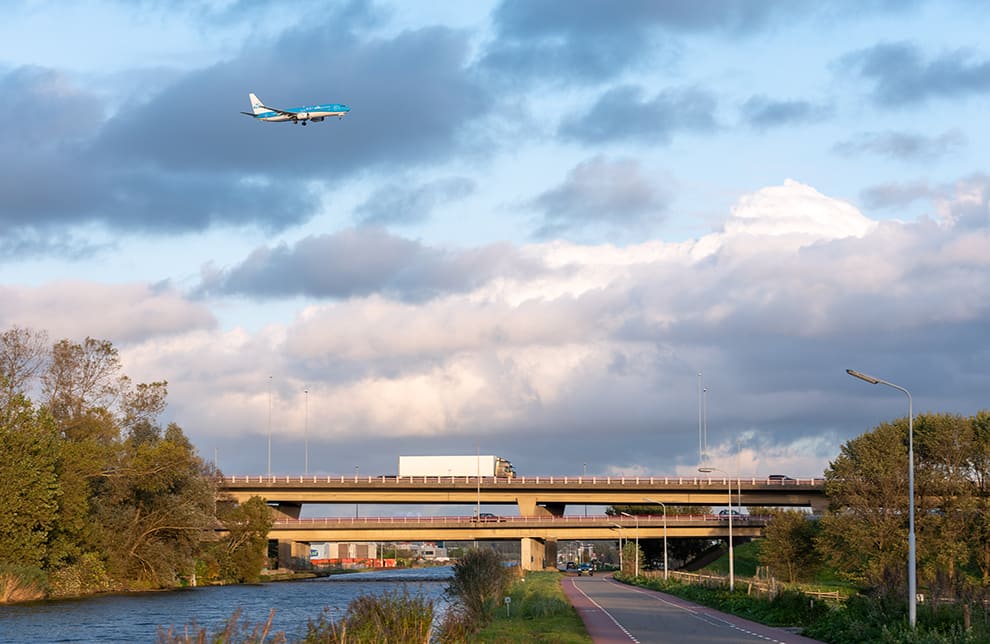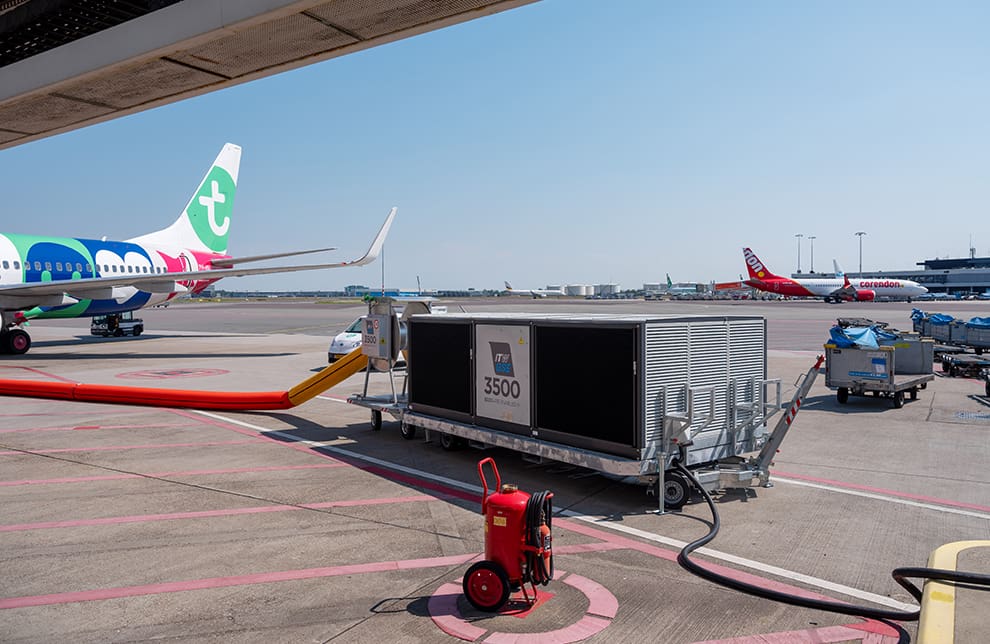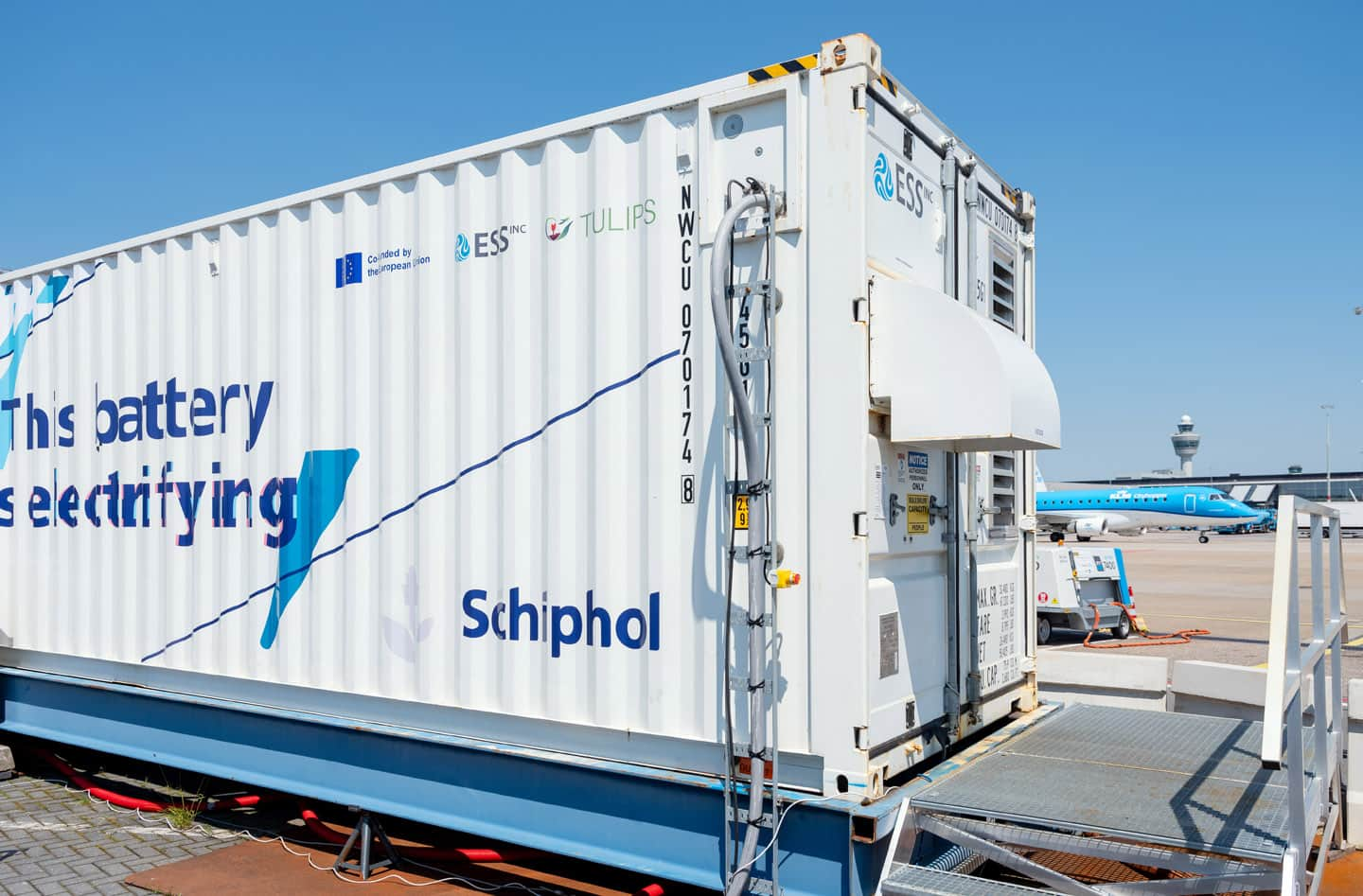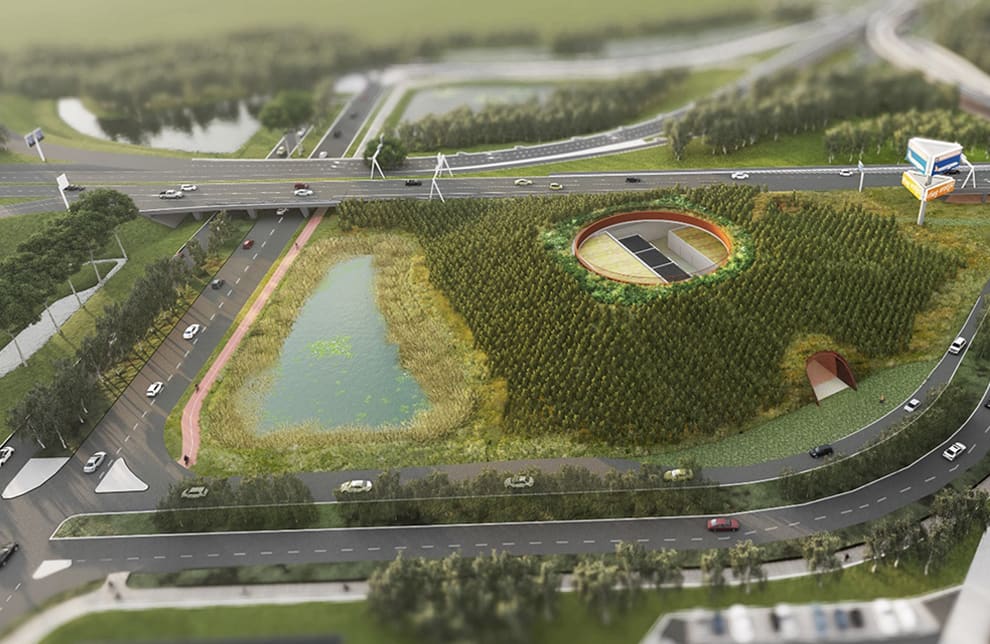A more sustainable cargo process: The Milk Run
Every day, hundreds of lorries drive to and from Schiphol to pick up and deliver cargo. This is a complex logistical operation that can sometimes lead to delays and unnecessary emissions. Inspired by the traditional milkman, we've come up with a sustainable solution: the Milk Run.

Door to door
Although this is a dying profession, older readers especially will probably remember the milkman. He would go from door to door delivering fresh milk and collecting empty milk bottles. A very convenient service, saving a great many customers from having to make many trips to the farm.
A single journey
We have applied this principle at Schiphol since 2015 with the Milkrun Import project, a unique collaboration between various parties in air cargo. Once an aircraft has been unloaded, the hauliers no longer need to drive their own lorries to the handling agent in order to pick up their goods. Instead, the handling agent delivers the various loads to all the different hauliers in one single journey. Just like the milkman used to do.
After import, export
Milkrun Import was a great success and even won the Schiphol Cargo Award 2015. With the knowledge acquired, it was time to consider the other way round too. Several parties have been participating in the Milkrun Export pilot since 2020. The idea is the same, but in this case the haulier picks up all the cargo and takes it to the handling agent in one trip. The handling agent then loads the cargo onto the plane.
Towards zero emissions in 2030
The Milkrun means that we are addressing several issues simultaneously. Waiting times are shorter, there are fewer lorries driving around at our airport and the lorries that do come are used more efficiently because they are fuller. In addition, we produce fewer greenhouse gas emissions due to there being fewer lorries driving around. That means we are another step closer to our ambition to not produce any emissions by 2030 at the latest. And because the processes involved are digital, we also save a considerable amount of paper.
What next?
We're on the right track, but we still have some way to go. That's why we'll be expanding on the Export pilot in the period ahead, including the introduction of a new IT platform. In addition, there are various parties poised to participate in the project. The goal is to have as many parties as possible join the Milkrun.
Other sustainable initiatives
Want to know more about our other sustainable aviation initiatives?
Read the previous blogs
-
Cleaner fresh air
Published on:Indoor climate in stationary aircraft no longer controlled by kerosene-powered auxiliary engine, but by electrically-powered PCA.

-
Super battery being tested at Schiphol
Published on:Schiphol is the first airport with a special battery for extra electricity storage. Greater supply is needed for all the electric equipment.

-
Special high-voltage substation
Published on:New high-voltage substation contributes to one of Schiphol’s most significant sustainability goals: zero emissions in 2030.
